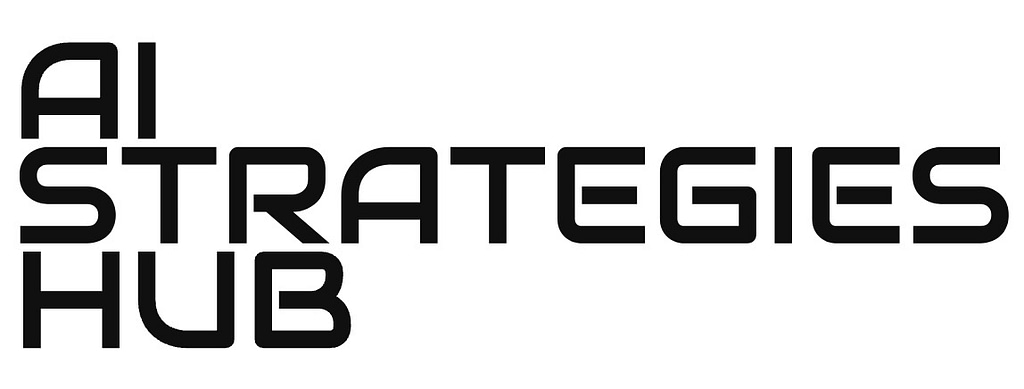What’s The Fuss About Deep Learning and Neural Networks?
You’ve probably heard these terms thrown around a lot in the tech world: deep learning and neural networks. They’re often used interchangeably, almost like peanut butter and jelly. But let’s be honest; there’s a bit of a ‘smoke and mirrors’ effect about them. In this article, we’re going to do some myth-busting and break down what deep learning and neural networks really are. And guess what? We’re going to use t-shirts to do it!
The Terms Deep Learning and Neural Network are Used Almost Interchangeably in AI
Deep learning is a subset of machine learning, and neural networks are the architecture upon which deep learning is built. Both are essential in AI but come on, they aren’t magical entities. They’re more like tools in a toolbox, particularly useful for certain tasks. But what tasks, you ask? Let’s dive into an example that revolves around everyone’s favorite piece of clothing: t-shirts!
A Simple Example: Predicting T-Shirt Sales
Imagine you run an online store selling t-shirts, and you’re grappling with a fundamental question: “How do I price my t-shirts to maximize sales?” You gather some data and notice that the higher you price your t-shirts, the fewer you sell. So, you sketch a straight line graph to represent this inverse relationship. Believe it or not, this line is a basic neural network at work. Your input is the price (let’s call it ‘A’), and your output is the estimated demand (‘B’).
This is your neural network in its simplest form—think of it as the ‘single-celled organism’ in the world of AI. You put the price into this tiny circle (or ‘neuron’), and it spits out the estimated demand for your t-shirts. Simple, right?
Building Blocks of Neural Networks: The Lego Analogy
You’ve got your basic neuron, the circle that takes in your price and gives you the demand. Now, picture these neurons as Lego bricks. A single neural network is just a stack of these Lego neurons. Let’s make it a bit more complex for fun.
A More Complex Example: Many Factors Influence T-shirt Sales
What if you have more variables at play, like shipping costs, marketing budgets, or even the material quality of your t-shirts? Each one influences how many t-shirts you’ll sell. Your neural network now needs more Lego bricks, or neurons, each responsible for calculating a specific aspect like affordability, consumer awareness, or perceived quality.
- Affordability Neuron: Takes in the t-shirt price and shipping cost.
- Awareness Neuron: Consumes your marketing budget as input.
- Quality Neuron: Factors in the price, marketing, and material quality.
Finally, you have a neuron that takes in all these calculations and outputs your final demand. Voila! You’ve got yourself a more intricate neural network that can make more accurate demand predictions.
But Wait, There’s More! The Magic of Self-Learning
Here’s the jaw-dropping part: You don’t have to manually set these neurons to calculate affordability, awareness, or quality. The neural network figures this out by itself! All you have to do is feed it enough data—your inputs (‘A’) and corresponding outputs (‘B’). The software takes care of the rest, determining what each neuron should focus on to get the most accurate prediction.
In the world of neural networks, this is called “training,” and it’s like teaching your dog new tricks but at a very sophisticated level. Give it enough data and a big enough network, and you’ll be amazed at how precise its predictions can be. It can go from estimating t-shirt demands to recognizing faces with uncanny accuracy.
Final Thoughts: From T-Shirts to Technological Wonders
Neural networks, when stacked together, can perform some pretty remarkable tasks. Whether it’s predicting how many t-shirts you’ll sell next month or identifying a face in a crowd, the possibilities are endless. They’re like those Lego towers: simple in their individual parts but extraordinary when assembled.
So, the next time someone talks about the “mystique” of deep learning or neural networks, you can confidently say, “Hey, it’s not that complicated; it’s like predicting t-shirt sales with Legos!”
Now, are you ready for even more neural network applications like face recognition? Stick around for our next article, where we dive even deeper!


